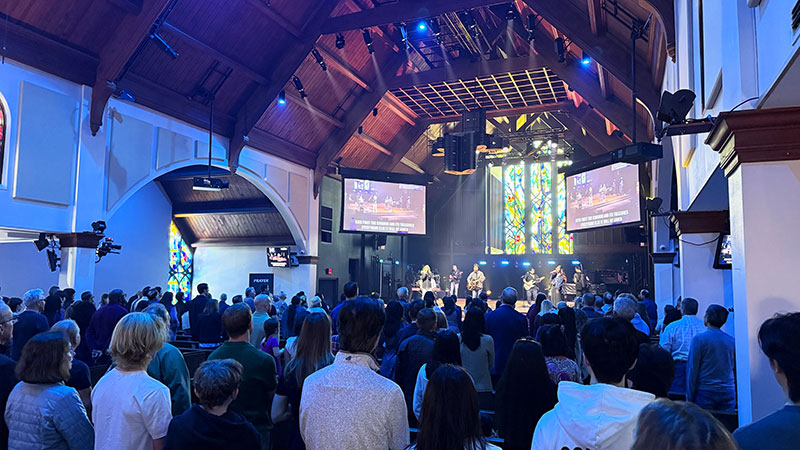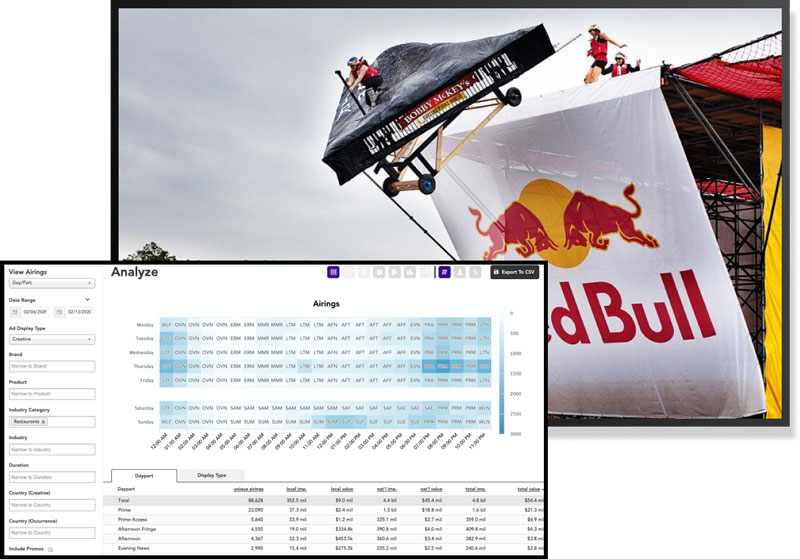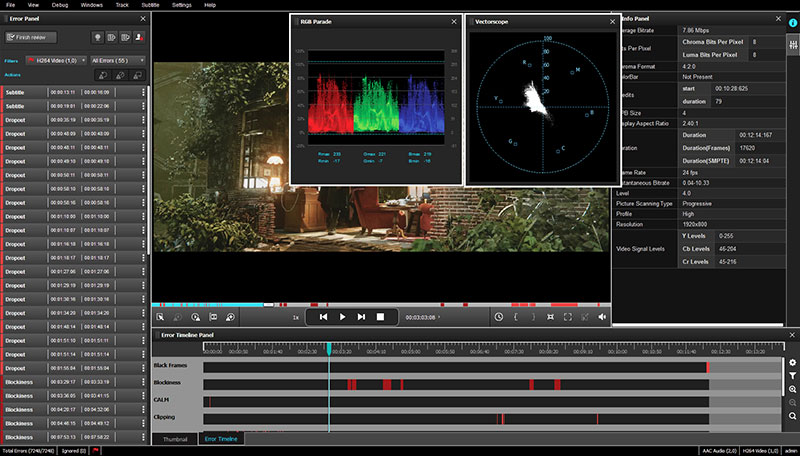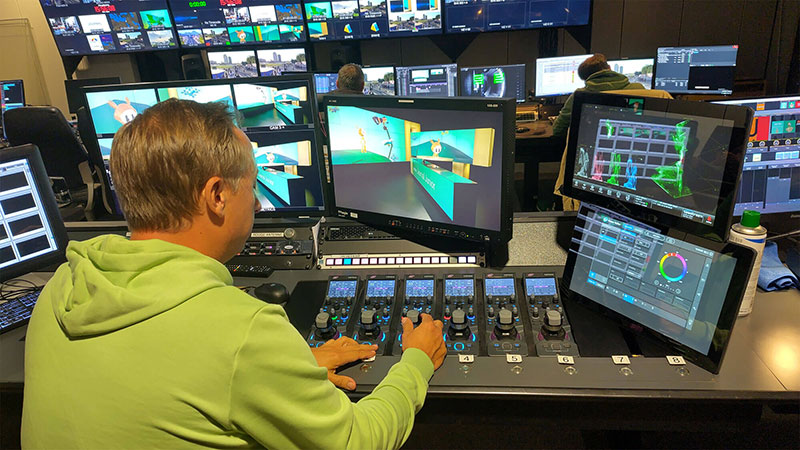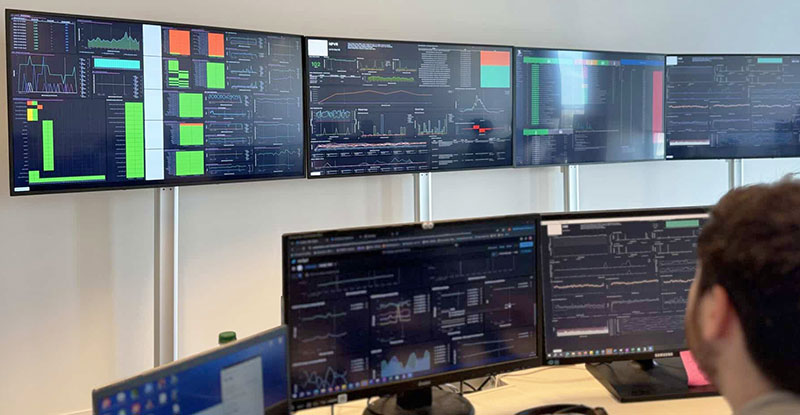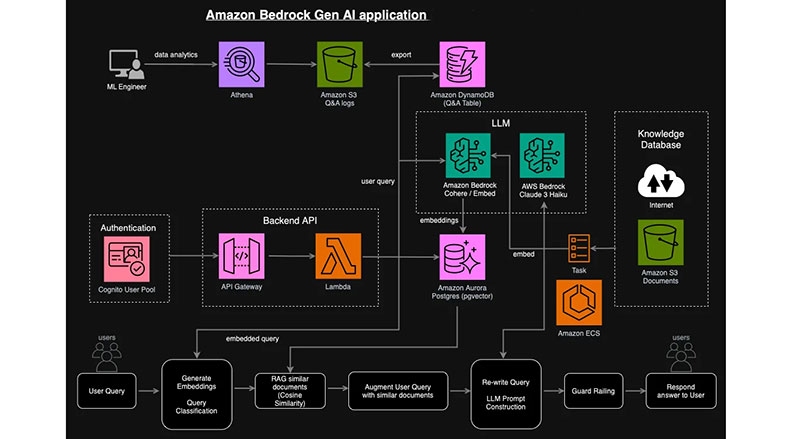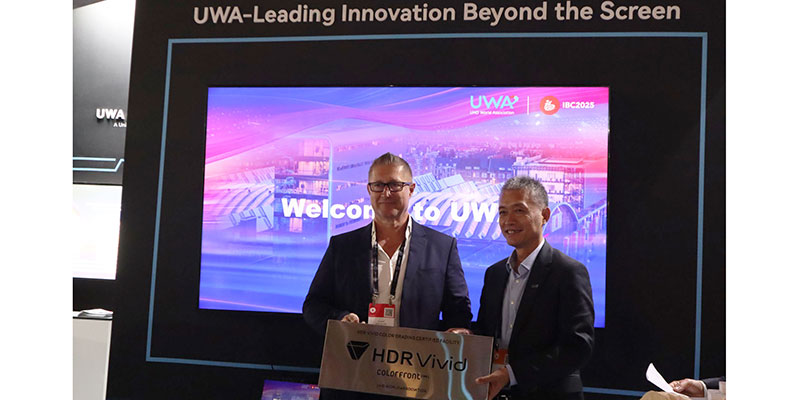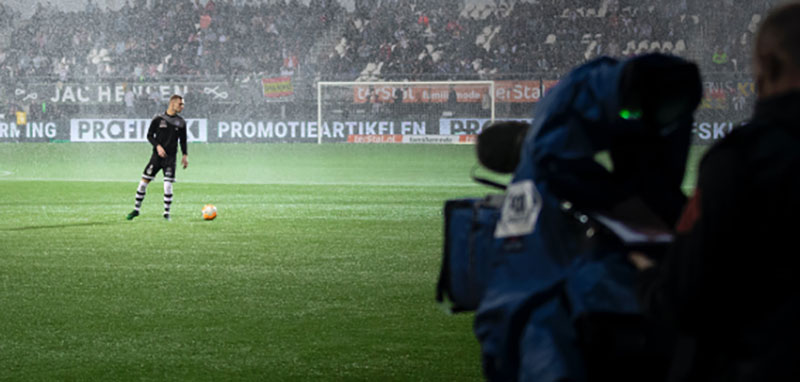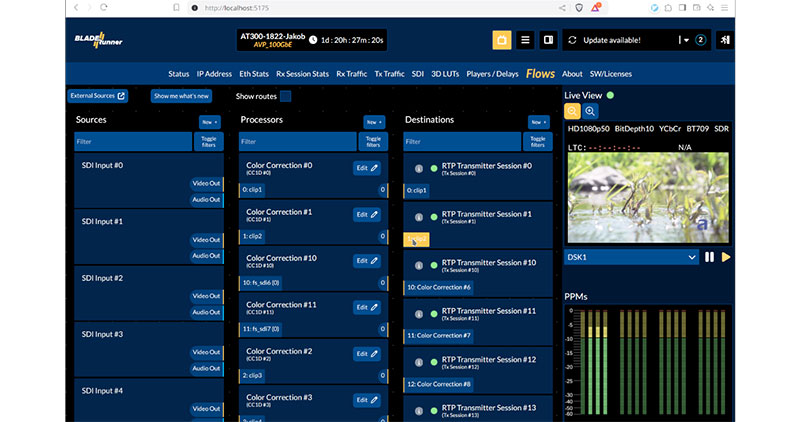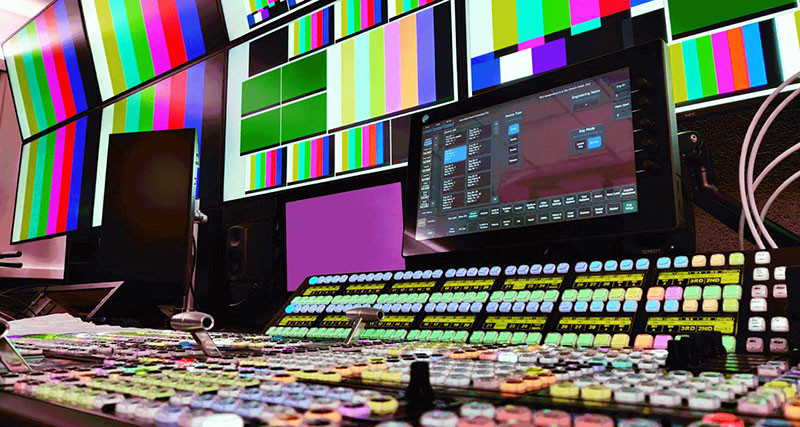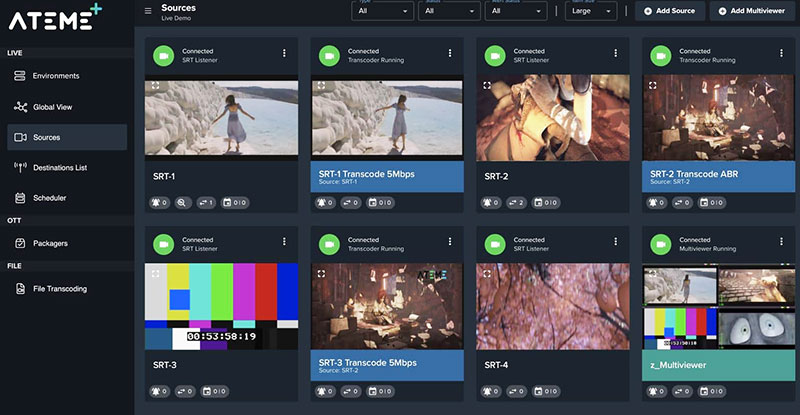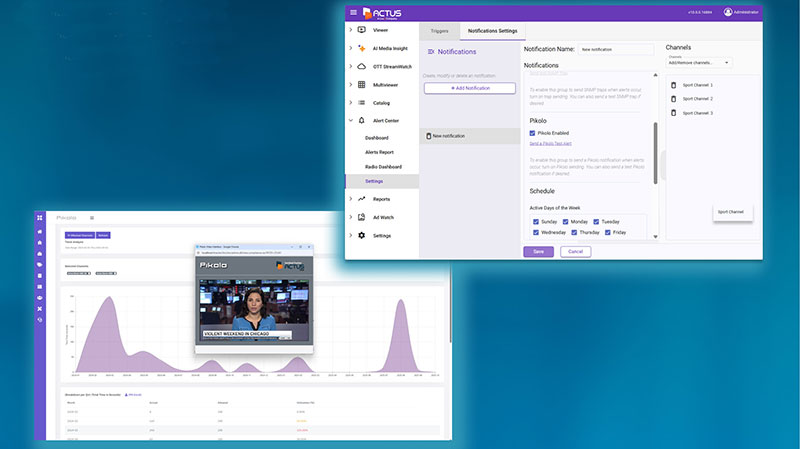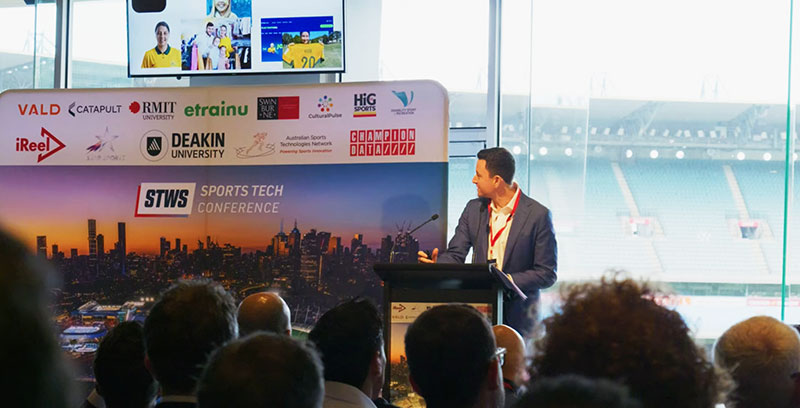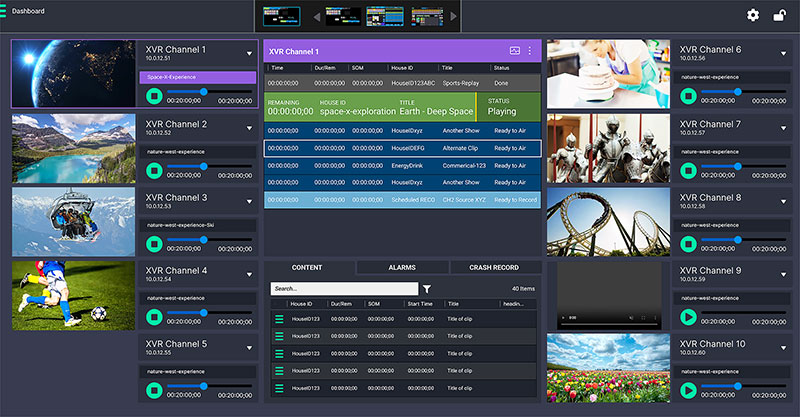The ONE4HDD consortium’s final demo included a rapid setup enabling high-bandwidth 5G data capacity in a densely populated live event, receiving a highly positive response from fans.
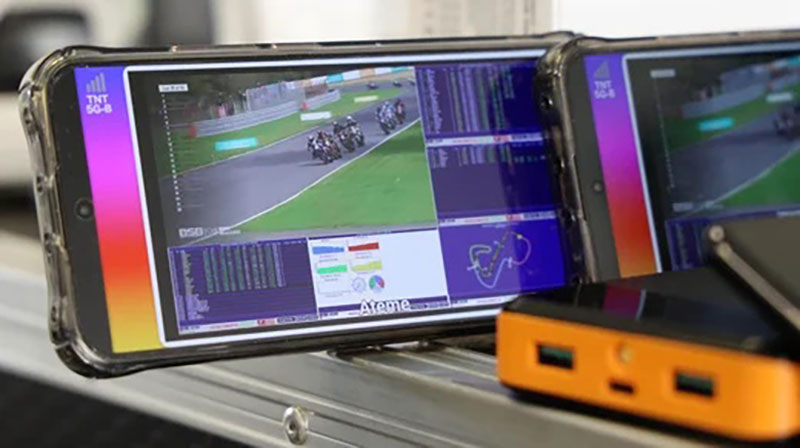
The ONE4HDD consortium has concluded its final demonstration at the UK Superbikes 2024 final at Brands Hatch in mid-October. This event built on the developments of previous demonstrations, showing the deployment and performance capabilities of a UK-built 5G mobile network.
The 5G ONE4HDD project proposes a new approach to optimise mobile network performance in High Demand Density (HDD) environments such as festivals, sports events and other major public gatherings. It includes the design of a Mobile Cell on Wheels (CoW) equipped with Open RAN (Radio Access Network) systems, aiming to supply reliable connectivity in crowded venues, to enhance the user experience and encourage further innovation.
The main achievements from the Brands Hatch event include the rapid deployment of a 5G Network. The ONE4HDD consortium successfully deployed its mobile CoW, featuring a UK-built 5G network, in under 30 minutes. This rapid setup enabled high-bandwidth 5G data capacity in a densely populated live event. Customer experience testing from the day found that existing mobile networks struggled to cope with demand, while the ONE4HDD network delivered an uninterrupted experience for fans.
The consortium was also deploying a complete 5G Broadcast network in UHF spectrum, supported by a custom-built mobile app. Fans used the app to access live race footage when the bikes were out of sight, track real-time stats and running orders, and watch interviews during event breaks, further enhancing their overall experience of the race.
According to the consortium, the project served as a successful demo of the integration of MPEG-H interactive audio into the 5G Broadcast application. Fans had access to supplementary audio options, such as multi-language commentary, personalised audio settings and better dialogue for greater accessibility, which also resulted in a more customisable viewing experience.
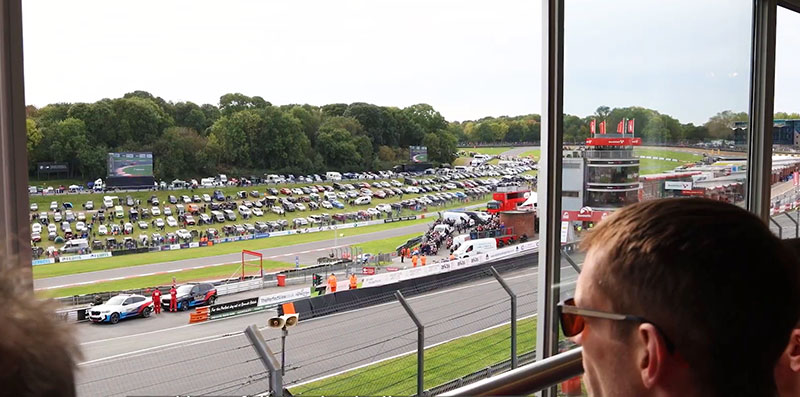
Finally, an independent consumer panel tested the ONE4HDD 5G Broadcast application during the event, giving useful feedback on the user experience. A large majority of the responses were positive, indicating that the app was simple to use and kept fans ‘close to the action’ even when the bikes were out of sight, gave access to out-of-sight areas of the track and supplied additional race data.
The audio commentary was noted for adding clarity to the action, and many triallists said they would be willing to pay for the service as part of an upgraded ticket package. The positive response suggests commercial potential for wider adoption across motorsport and other live events.
Most important, the system's success in managing the intense demand for mobile data, which exceeded the venue's existing mobile infrastructure, is a significant achievement for the consortium and an indicator of the commercial viability of 5G in High Demand Density (HDD) settings such as sports events, festivals and concerts.
Alex Buchan, CTO, Digital TV Group, said, "This final demonstration of ONE4HDD is a fantastic culmination of months of innovation and collaboration. We've shown that 5G can dramatically improve the fan experience at live events by ensuring uninterrupted access to high-quality content. The project has been made possible thanks to funding from DSIT (Department for Science, Innovation & Technology) as part of the future networks programme which has provided the opportunity to overcome commercial impasses and drive this innovative technology towards live deployments."
DSIT used the event to create its own video case study of the project, interviewing the consortium partners and capturing ONE4HDD in action, which can be viewed here.
Christophe Burdinat, Director – Technology and Standards, Ateme, commented, "Our technology has played a key role in ensuring the seamless compression and broadcast of video content to attendees. This demonstration proved the power of 5G Broadcast in creating immersive experiences. We're excited to see how this technology will transform content delivery at live events globally."
Imaginary Pictures supplied live production services, and University of Surrey assisted with the security aspects of the multicast/broadcast network. ONE4HDD is now being deployed at Twickenham on 24 November for the final match of the Autumn Nations Series 2024 – England v Japan. www.ateme.com






